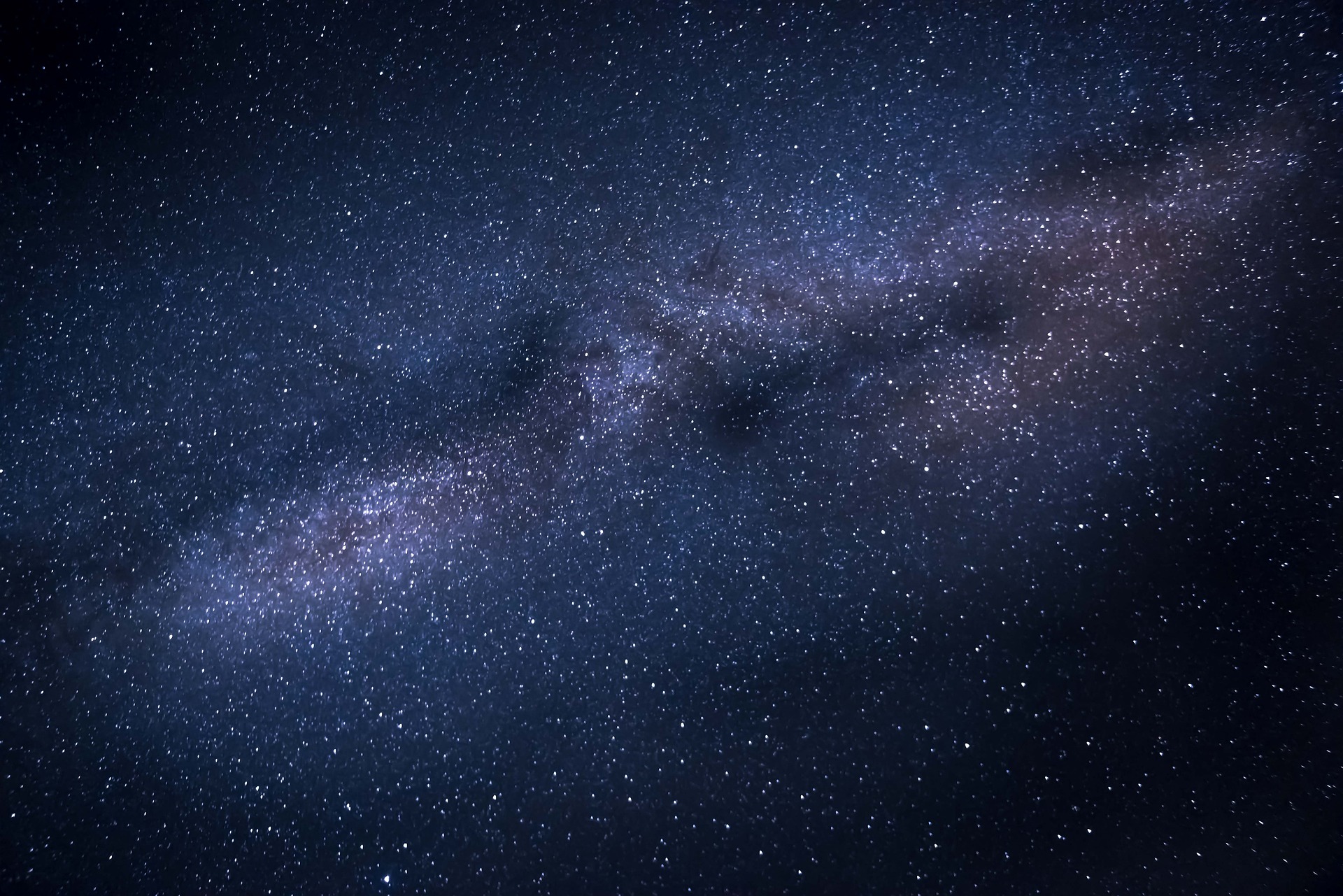A research team from Italy discovered a dark and very distant galaxy previously invisibly. The object is a young galaxy filled with dust and gas formed 2 billion years after the Big Bang. At that time, the universe was about one sixth of its current size.
“Very distant galaxies are true mines of information about the past and future evolution of our universe,” lead author and astrophysicist Marika Giulietta of the International School of Advanced Studies said in a news release.
Studying these galaxies, however, is very challenging, she said. “They are very compact and therefore difficult to observe. Also, we get very faint light from them because of the distance,” she said.
First, the researchers took advantage of an effect known as gravitational lensing. According to Albert Einstein, massive objects such as galaxies would distort the space around them so that any light passing by would be magnified. So researchers can use massive objects as cosmic magnifying glasses to see other, more distant objects.
However, the galaxy was difficult to see with so much interstellar dust in the way. So the team brought in the ALMA telescope, which consists of 66 radio telescopes.
Star formation is 1,000 times faster
ALMA can see through the dust. The telescope discovered a young active galaxy forming stars at 1,000 times the speed of the Milky Way.
In general, galaxies like these offer insights into processes that led to our cosmos’ evolution and help us better understand the early universe. More details may one day be provided by the James Webb Space Telescope.
The results were published in The Astrophysical Journal.
- source: futurezone.at/picture: Bild von Marc Carnicé auf Pixabay
This post has already been read 2011 times!



